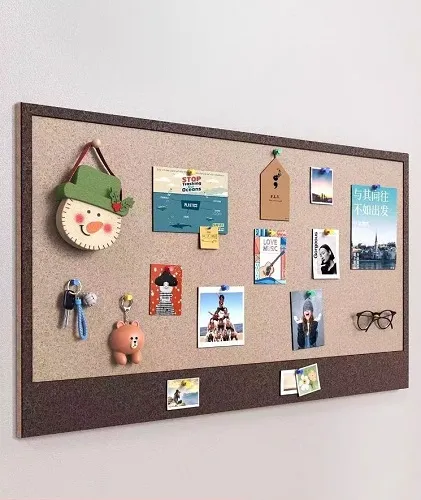felt fabric construction
Felt Fabric Construction An Overview
Felt fabric is a versatile and durable material that has been used for centuries in various applications, ranging from clothing to home décor and industrial uses. Its unique construction process distinguishes felt from woven and knitted fabrics, giving it a set of characteristics that make it suitable for different purposes. In this article, we will explore the process of felt fabric construction, its types, and the myriad applications it supports.
What is Felt?
Felt is a non-woven fabric made by matting, compressing, and pressing fibers together. The materials used to create felt can vary, but they are most commonly made from natural fibers like wool, or synthetic fibers such as polyester and acrylic. The distinct characteristic of felt is its ability to trap air and create an insulating layer, making it an excellent choice for thermal insulation, sound absorption, and protective clothing.
Construction Process
The construction of felt fabric primarily involves three stages fiber preparation, mat formation, and bonding.
1. Fiber Preparation The first step in the felt-making process is the selection and preparation of fibers. For wool felt, high-quality lambswool is often preferred due to its fine structure and crimp, which enhance the felting process. The wool is cleaned, carded, and often dyed before it is ready for felt construction. Synthetic fibers, when used, undergo similar processes of cleaning, carding, and dyeing.
2. Mat Formation Once the fibers are prepared, they are laid out in a thick mat. The thickness of the mat can be adjusted depending on the desired thickness of the final product. The fibers are arranged in various directions to create a stable structure. This step is crucial because the arrangement and density of the fibers will impact the overall strength, durability, and texture of the felt.
felt fabric construction

3. Bonding The mat is then subjected to moisture, heat, and pressure—key factors in the felting process. The moisture activates the scales on the wool fibers, allowing them to interlock and bond together. This bonding can be enhanced through additional processes, such as needle felting, where barbed needles are used to mechanically entangle the fibers further without the use of moisture. In the case of synthetic felts, bonding agents or adhesives may also be applied to ensure stability and durability.
Types of Felt
Felt fabrics can be broadly categorized into two types natural felt and synthetic felt. Natural felt, particularly made from wool, is well-known for its luxurious feel, breathability, and biodegradable properties. It is often used in high-end fashion and artisanal crafts. Synthetic felt, made from various types of polymers, offers different textures and colors, making it popular in industrial applications, costumes, and craft projects. Both types have their advantages and are selected based on the intended use.
Applications of Felt
The uses of felt fabric are extensive and diverse. In the fashion industry, felt is used to create hats, coats, and accessories due to its warmth and unique texture. In home décor, felt can be found in cushions, rugs, and wall hangings, adding a soft aesthetic element to any space. Beyond aesthetic applications, felt is utilized in industrial settings for insulation, padding, and soundproofing.
Educational toys and crafts often incorporate felt because it is easy to cut, sew, and manipulate without fraying. In the automotive industry, felt is used for sound-dampening materials, contributing to a quieter ride. Additionally, artists and crafters appreciate felt for its versatility in creating sculptures, models, and intricate designs.
Conclusion
Felt fabric construction is a fascinating interplay of materials, processes, and applications that has withstood the test of time. Its unique properties—ability to insulate, absorb sound, and withstand wear—combined with its ease of use, continue to make felt a popular choice across various industries. Whether it's for fashion, décor, or industrial purposes, felt remains a staple fabric that encompasses both functionality and creativity. As the demand for sustainable and versatile materials grows, felt fabric stands resilient, ready to be woven into the fabric of our lives.
-
What Makes Felt a Great Choice?NewsNov.19,2024
-
Total Mixed Ration (TMR) Feed for CattleNewsNov.19,2024
-
The Ultimate Guide for Felt Polishing WheelsNewsNov.19,2024
-
Industrial Felt for Various ApplicationsNewsNov.19,2024
-
Felt Makeup Bags and Inserts BagsNewsNov.19,2024
-
Choosing the Right Hotel TowelsNewsNov.19,2024
-
Your Go-To Guide For Affordable Wholesale Wool FeltsNewsOct.31,2024







